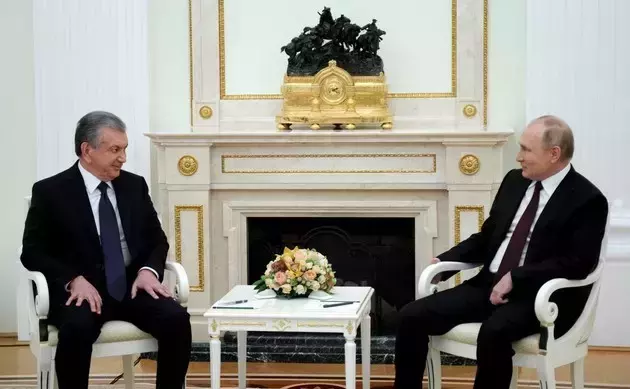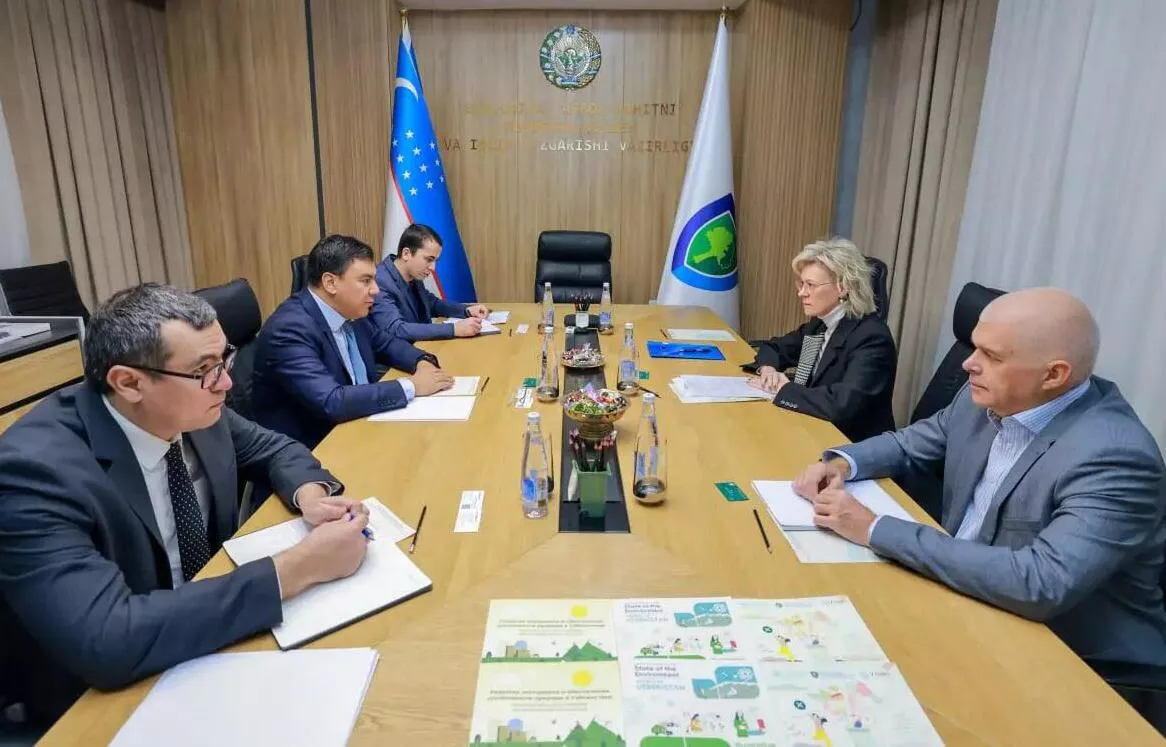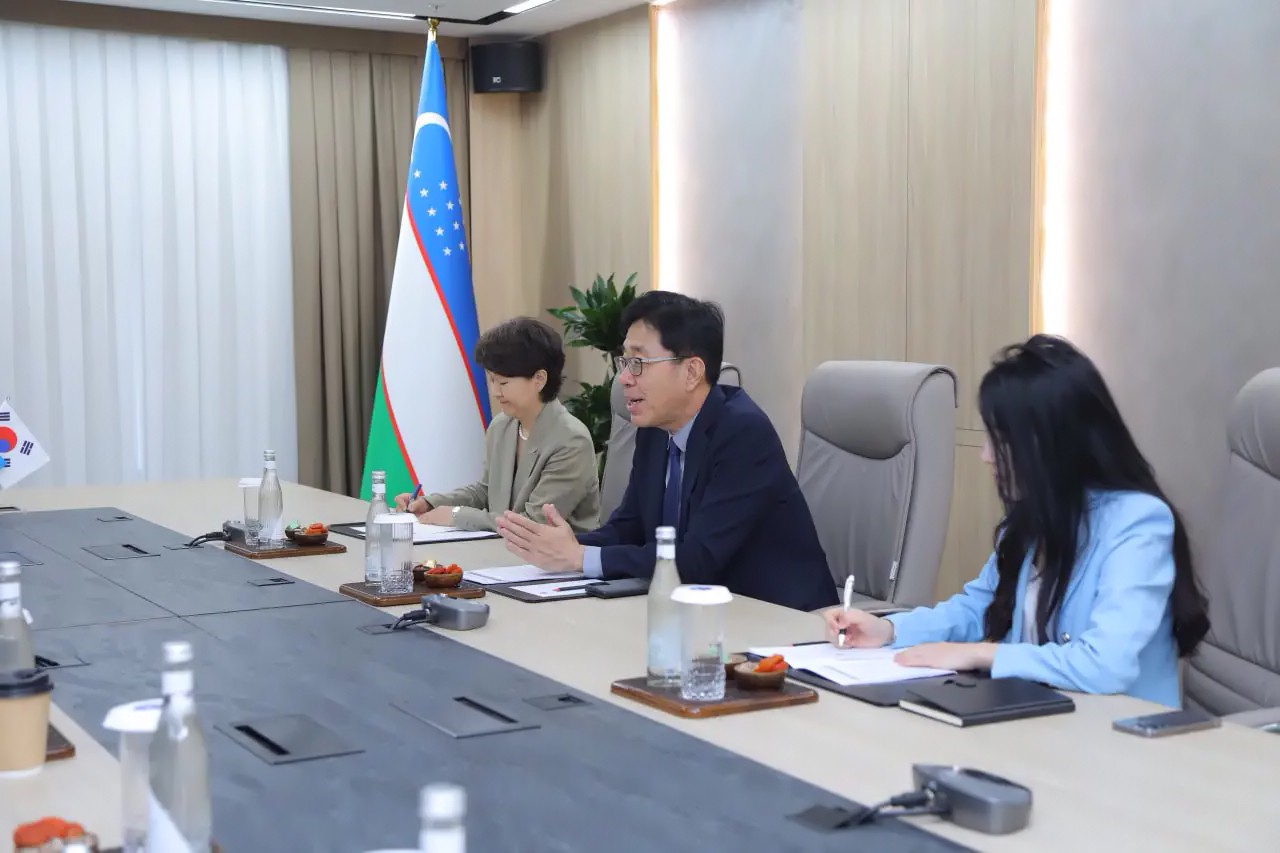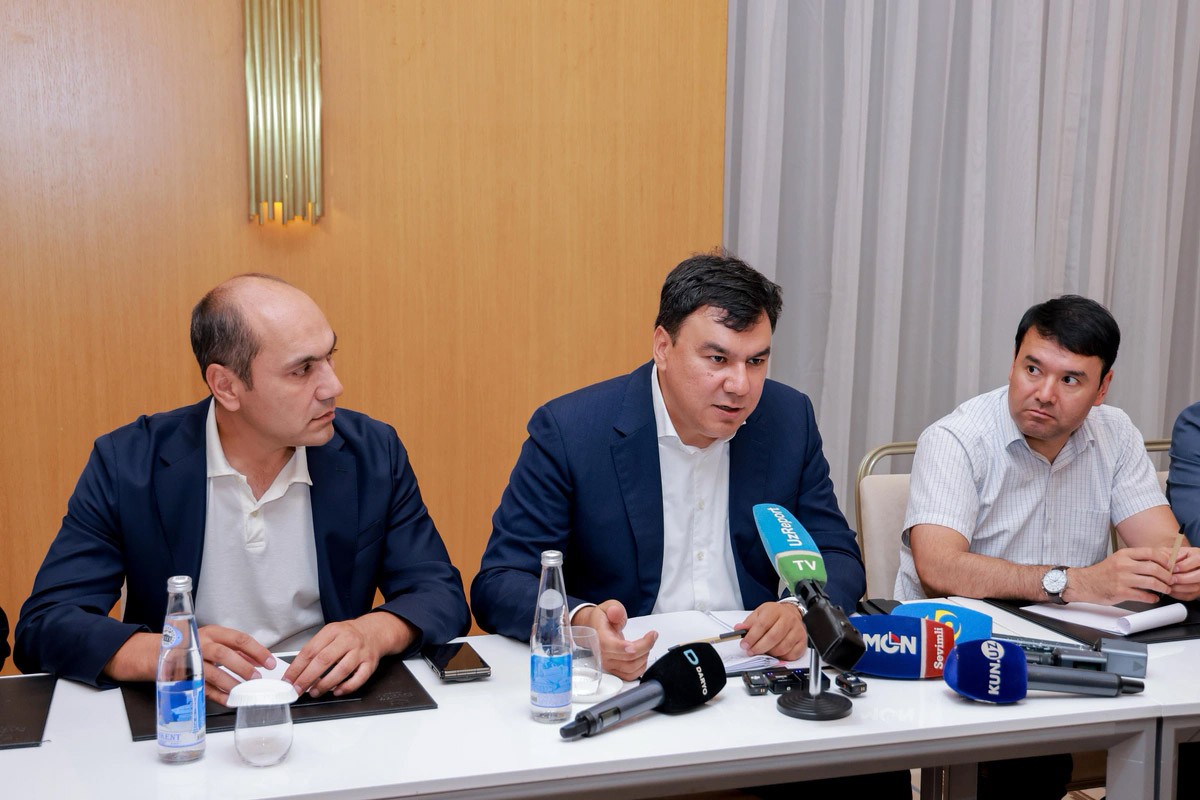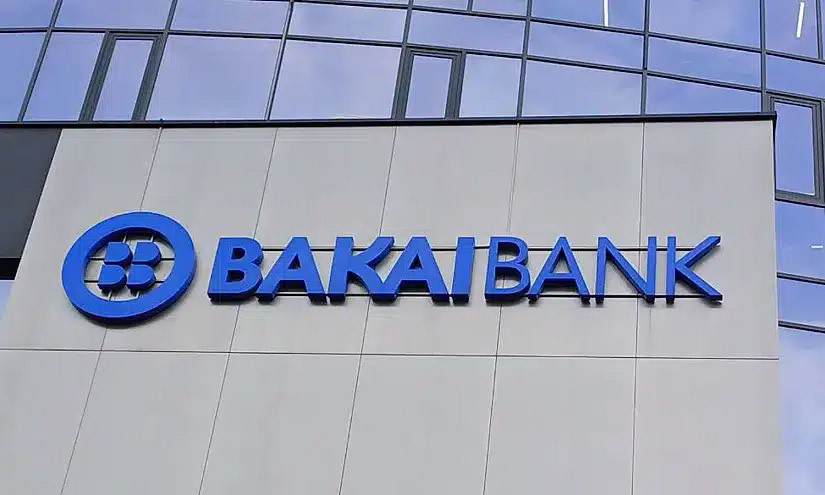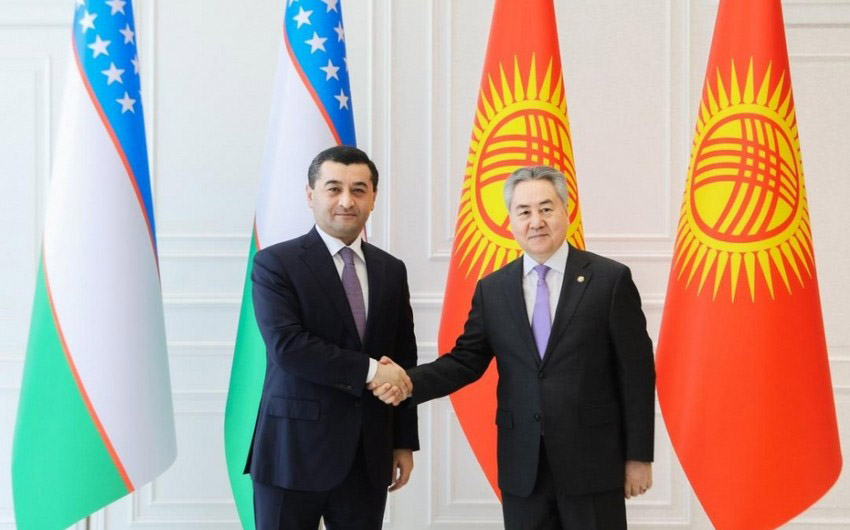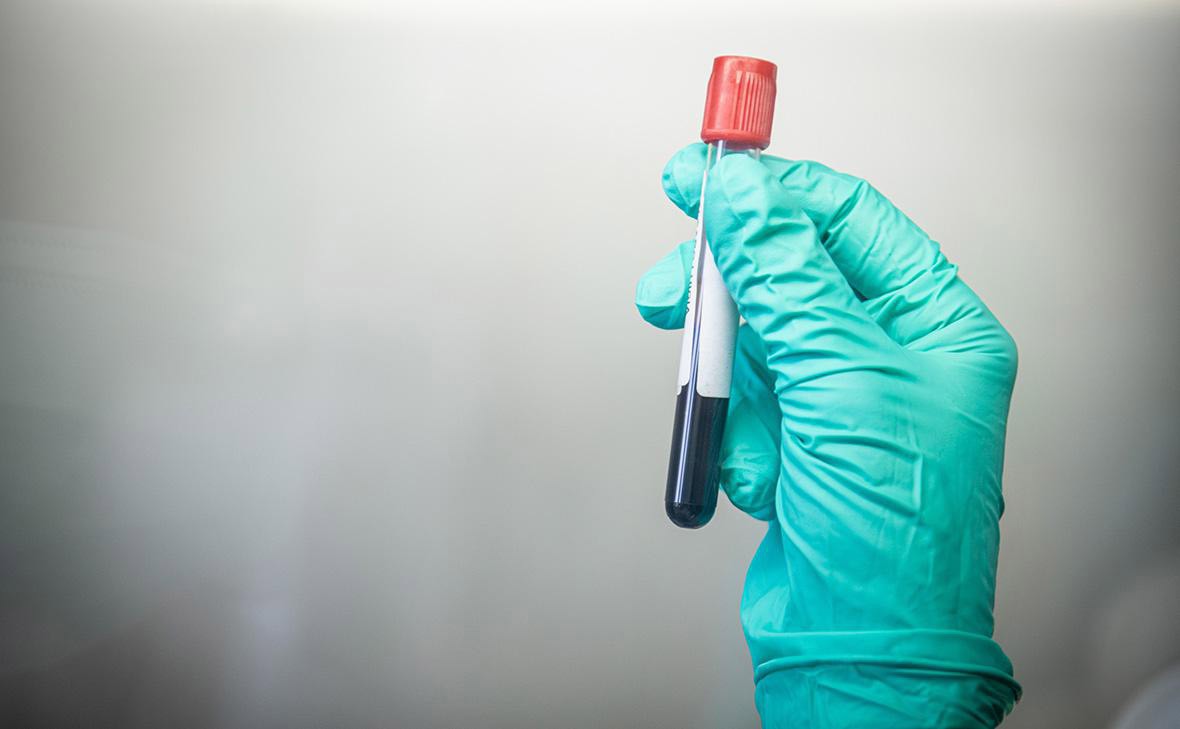Surkhandarya region continues to actively implement programs to modernize the regional road infrastructure. According to the resolution of the Cabinet of Ministers of the Republic of Uzbekistan, 300 kilometers of internal roads, including 20 kilometers of the street network in each district of the region, as well as in the city of Termez, were overhauled and reconstructed this year.
Comprehensive works on updating the road surface, installing lighting and building pedestrian sidewalks were completed on a number of key streets of the regional center. In particular, Gulshan (Nurli Kelazhak mahalla), Tagor (Zhujangal mahalla) and Tokharistan (Marifat Mahalla) streets have been completely reconstructed in Termez.
The updated sections are equipped with a modern asphalt surface, leveled in all parameters and adapted for year-round traffic. Proper street lighting has also been provided and safe conditions for pedestrians have been created.
The commissioning of the facilities was accompanied by the participation of representatives of mahalla committees and the general public, which underlines the importance of infrastructure projects for local communities.
According to the regional administration, 60 billion soums were allocated from the state budget for the implementation of road works. The funding was allocated as part of the implementation of the President's instructions to create a modern and safe road infrastructure that will ensure sustainable development of the regions and improve the standard of living of the population.
Khokim of Surkhandarya region Ulugbek Kosimov, speaking at the opening ceremony, stressed that consistent work to improve living conditions in the regions is an essential part of state policy. Special attention is paid to creating a comfortable environment for movement, accessibility of social infrastructure and increasing the mobility of citizens.
Repair and reconstruction of inner-city and district roads are considered as one of the priorities of integrated development of territories. The updated transport infrastructure contributes to boosting economic activity, improving logistics links and attracting investment, which directly affects the well-being of the population.
The project in Surkhandarya region illustrates the new dynamics of regional development, focused on sustainable infrastructure renewal and improving the quality of life.


